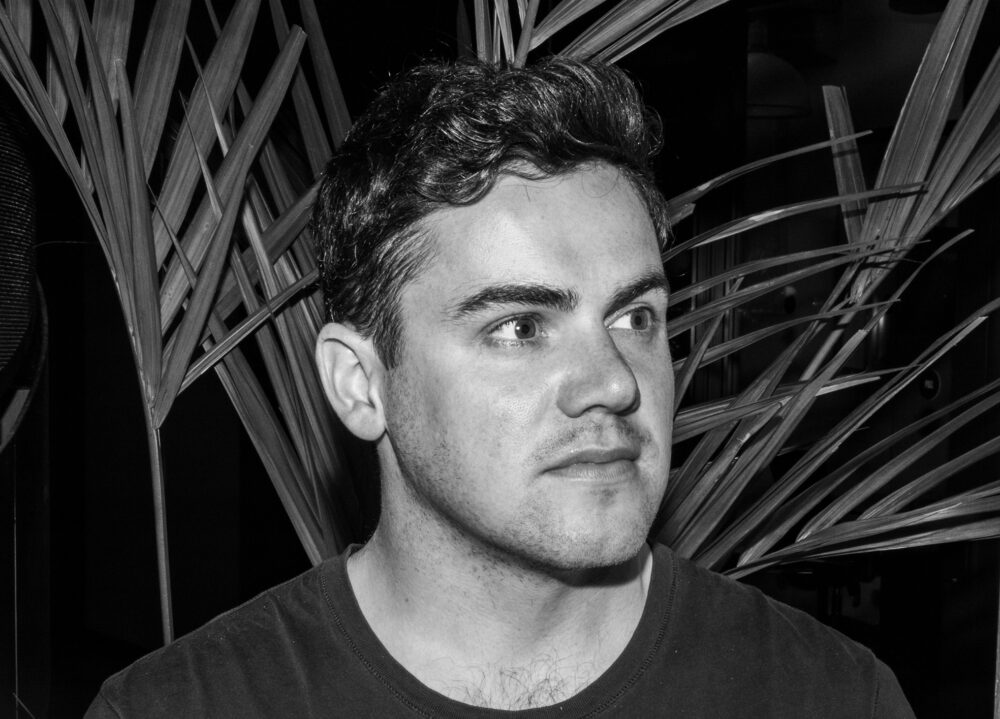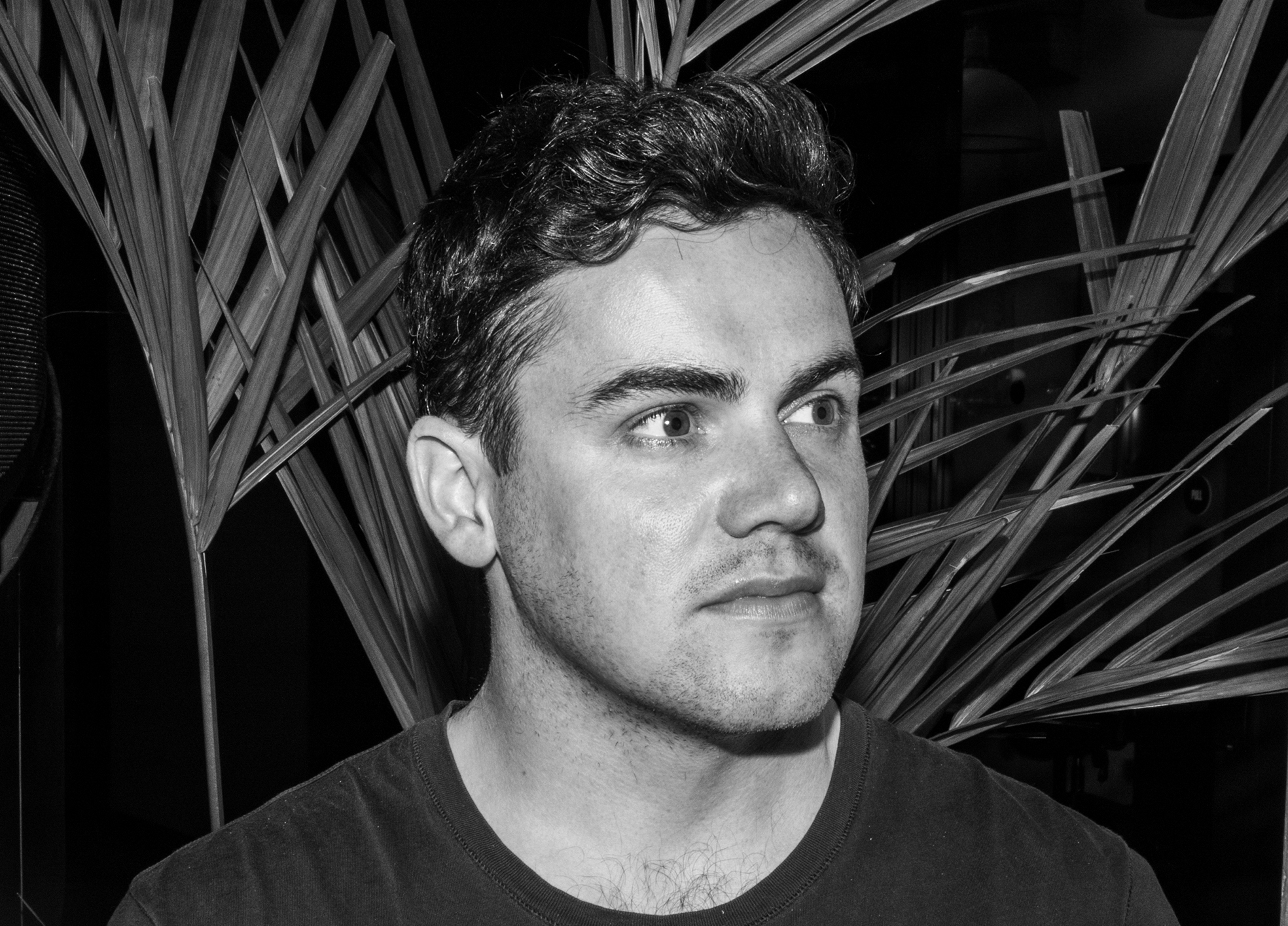Earlier in March, TikTok (through its parent company ByteDance) announced the launch of their all-in-one platform for music marketing and distribution SoundOn. Then in May, TikTok filed a trademark application for the service, called “TikTok Music” in the US.
Of course, this seems as no surprise as TikTok is currently the platform to discover new music…. But what does this mean for the music industry, Spotify, and for marketers who use the music on these social platforms to connect with consumers.

Sam Gormley from London’s Osaka Labs has a unique perspective from both sides of the industry. Sam used to work discovering music talent and brough artists like Alt-J and Bastille to our radios. Since then, Sam created his own digital agency and was the first UK agency to onboard TikTok’s ad program and has gone on to create several viral campaigns for his clients.
He explains, “Spotify’s discover weekly has already significantly changed the discovery process for the music industry… There is a 94% accuracy on its own algorithm, and as we continue to have more music uploaded to platforms such as those TikTok are planning, the process of music discovery is completely going to change.”
In addition to exposing the population to a whole lot of new music, platforms like Sam believes that these newer music platforms are also going to completely change how the success of a song is measured.
He explains, “In 2013 to get a gold disc, artists needed 30k to 60k in sales. 10 years prior to that it was 150k sales. Now, platinum discs can be 50k. It’s very clear that brands like TikTok are not going to stick to the traditional success chat of a Top 40, especially as the average pop song length is 3 min 30 secs long but with this new form of music, a 45 second clip can receive more traffic, sales and attention than an entire song.”
All of this points to a change in how music is going to be consumed and measured, Sam believes that it comes down to seeing music as more of a multimedia experience, rather than as a stand-alone track.
This difference of perception will also require a shift by brands who want to use artists, tracks and platforms to grow their own base.
Sam explains, “Using TikTok for your brand means you have to focus on the entire multimedia experience – that’s multiple pieces of a consumer’s experience coming together to successfully engage and connect with them. Marketers are going to have to shift to a reactive approach – watching trends, understanding what people want – and then working with that.
This is called an audience led approach, the whole idea that broadcast is dead and humans are brands and brands are humans, branding is conversational. We’re in very uncertain times, so it’s hard to prepare in uncertainty, that’s why flexible models and reactive marketing work, especially in this space.”
















